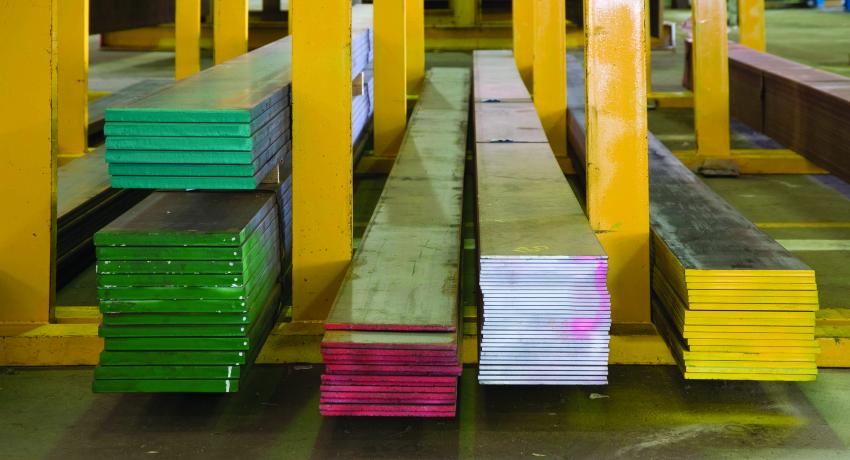The recent joint statement from the US and EU shows that the governments share concerns regarding their domestic metals industries that must be cooperatively addressed, such as global excess capacity, but a removal of the US’ steel and aluminum tariffs on the EU would run counter to such initiatives, American Iron and Steel Institute CEO Kevin Dempsey said June 16.
“There is a desire for the US to find ways to work together with the EU for common issues of concern such as addressing the global overcapacity crisis, and that is definitely worth the effort, but it is not an easy item and can’t be done quickly,” Dempsey told S&P Global Platts in an interview.
“While we are making those efforts, we still need to maintain an effective trade measure to deal with the global overcapacity and the threat of renewed surges.”
A simple lifting of US trade restrictions under Section 232 on the EU will only create a new problem if the two sides come to such an agreement, he added.
The US-EU joint statement, released after an international summit of world leaders June 15, expressed a commitment to resolve tensions arising from the US tariffs on EU steel and aluminum imports by the end of the year.
“It just creates a new way for the steel to flood into the US from overseas because steel is a widely traded global commodity, and it finds its way into every market in the world,” Dempsey said. “The EU recognizes this because they imposed their own global safeguards on steel imports, and they’re considering extending that for another three years.”
Dempsey said the EU views the US tariffs as solely a bilateral issue. However, this perspective overlooks the global nature of steel trade distortions caused by overcapacity in certain parts of the world that have harmed both the US and EU steel industries.
“[The US tariffs] were a global action to deal with the fact that there has been recurring surges of imports coming into the US for a number of years, all growing out of this steel overcapacity crisis,” the executive said. “That kept us at continually low capacity utilization rates that undermined the viability of the industry over the longer term and the tariffs were necessary… and to be effective they needed to be a measure that was global in nature.”
Future of US, EU metal trade talks unclear
Dempsey said it was difficult to predict how negotiations will play out this year between the US and EU regarding overcapacity and tariffs.
“I don’t think the current [Biden] administration has made up its mind on reversing the [steel tariff] approach that was put into place by the previous administration,” he said. “If they wanted to remove that, they could have done that on day one, but they haven’t done that.”
While no clear plan exists for the US and EU to battle excess capacity in other parts of the world, Dempsey said any agreed upon solution must put pressure on countries that overly subsidize their steel and aluminum industries.
“Until countries feel some cost to engaging in these types of behaviors, like subsidizing their domestic industry or intervening to keep uneconomic facilities afloat, they are going to keep doing it,” he said.
Other groups disappointed
US business and trade groups expressed disappointment that the US and EU’s joint statement did not clearly provide details on how the metal tariffs would be handled this year.
“We reiterate the urgency of terminating these tariffs imposed under the previous administration while discussions continue on how best to address China’s oversupply of steel and aluminum,” the Coalition of American Metal Manufacturers and Users said in a June 15 statement.
CAMMU added that the tariffs “should have never been implemented in the first place.”
“They have only served to increase the costs of goods manufactured in America compared to overseas competitors who can simply import the finished product to the US, and thus continue to erode the ability of the US manufacturing sector to compete and survive in the global market,” the coalition said.
In a separate statement, the US Chamber of Commerce expressed a similar desire to remove the tariffs as quickly as possible.
“We had hoped for more movement towards lifting the US Section 232 tariffs on imports of steel and aluminum as well as Europe’s countermeasures,” the chamber said June 15. “Businesses across multiple sectors have felt the pain of these tariffs, and we encourage the working group to move quickly towards resolution.”
— Nick Lazzaro






